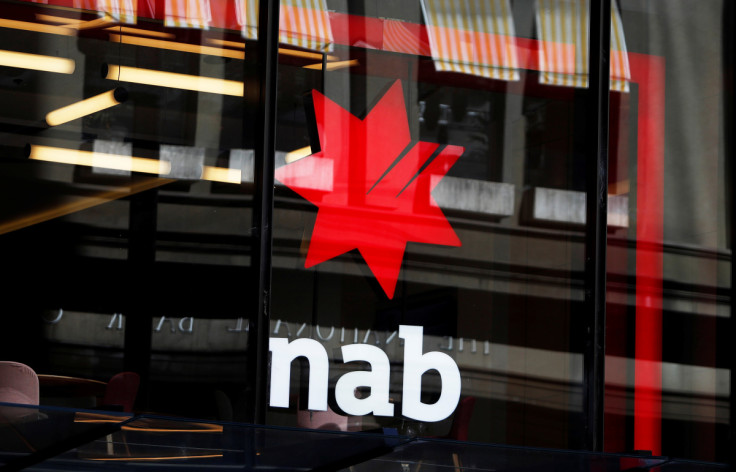Global Turmoil Makes Australian Banks' Refinancing Mountain A Harder Climb

An A$300 billion ($201.21 billion) refinancing task for Australia's biggest banks is about to get harder, say analysts, as appetite for new debt shrinks across global markets roiled by concerns about bank stability and liquidity.
Australia's biggest banks, Westpac , ANZ Group Holdings , Commonwealth Bank and National Australia Bank are refinancing roughly A$300 billion worth of funding in fiscal 2023 and 2024, the largest two-year tally in nearly a decade, according to Macquarie research.
The expiry over the next 18 months of roughly A$130 billion in near-zero interest rate loans from the central bank during the pandemic had already made the task more difficult.
But after the past week's failures and liquidity crunches at banks in the United States and Europe, refinancing will become even pricier and damaging to margins, according to Credit Suisse analyst Jarrod Martin.
"When there are global concerns the cost of raising debt increases and that's what we've seen in the last week," he said on Friday. "Now major banks don't have to hit markets everyday... but ultimately banks can't stay out of the market forever."
Refinancing today would add extra 5 to 10 basis points to banks' costs versus a week and a half ago, he added.
The rise in funding costs underscores how the fallout from the collapse of Silicon Valley Bank and the run on Credit Suisse is hurting even those banks where there is little risk of a similar liquidity or solvency crisis.
Fears of a global banking crisis eased on Friday after an emergency intervention from the Swiss National Bank provided Credit Suisse on Thursday with $54 billion to shore up liquidity.
In the United States, a group of Wall Street banks the same day deposited as much as $30 billion into troubled lender First Republic Bank, sending its shares 10% higher.
Decisive action from regulators means an extended freeze in wholesale markets is unlikely, said one analyst who could not be named as they were not permitted to speak with media, but the rise in funding costs would hit bank margins already under pressure from greater competition and rising deposit rates.
Australia's big four banks have already raised roughly A$90 billion thanks to a flurry of issues this year, according to research from Macquarie published on Friday.
However rising funding costs will mean finishing the task will hit margins to the tune of between 8 and 10 basis points over the next three years, the note added.
($1 = 1.4910 Australian dollars)



© Copyright Thomson Reuters 2024. All rights reserved.











